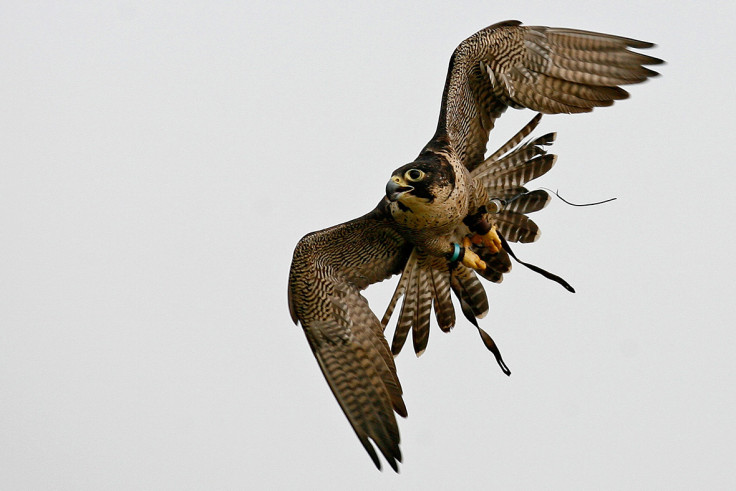Firehawks: Killer birds in Australia are deliberately starting fires to scare prey into the open
Humans are not the only animals to have harnessed fire for their own purposes.

The indigenous peoples of northern Australia have long told tales of birds of prey intentionally starting fires in order to lure their prey into the open where they become easy targets.
Now, a new study has documented various indigenous and non-indigenous observations of this cunning tactic, suggesting that black kites, whistling kites and brown falcons in the tropical Australian savannas are indeed deliberately starting fires.
If confirmed, this would mean that humans are not the only animals to have harnessed fire for their own purposes.
While it was fairly clear to researchers and indigenous peoples that the birds were precipitating fires, suggestions that they were doing this intentionally has prompted scepticism.
So, ornithologist Bob Gosford set about investigating the strange behaviour further, eventually documenting 20 eyewitness accounts, outlined in the study, published in the Journal of Ethnobiology.
The observers reported that the birds - working alone and jointly - help to spread naturally occurring wildfires which are commonplace in the arid landscape. They do this by picking up burning material and dropping it onto virgin patches of grassland.
According to the eyewitness accounts, the birds then wait nearby until they can see small animals trying to escape the flames, at which point they swoop in to make their kill.
This antic is widely known among locals in Australia's Northern Territory and is often represented in sacred ceremonies.
The new findings could have implications for the way Australian authorities deal with wildfires and could explain why some fires in the region appear to spread unexpectedly from one area to another.
"Though Aboriginal rangers and others who deal with bushfires take into account the risks posed by raptors that cause controlled burns to jump across firebreaks, official scepticism about the reality of avian fire-spreading hampers effective planning for landscape management and restoration," the authors observed.





















